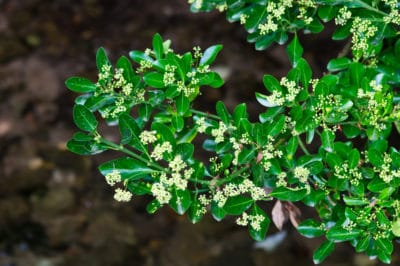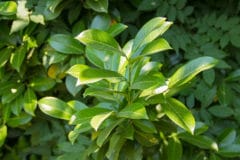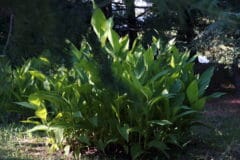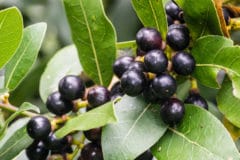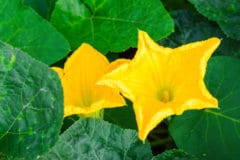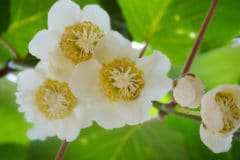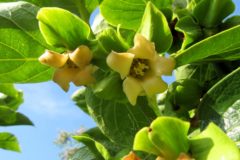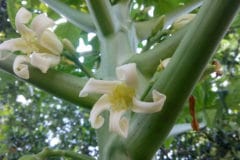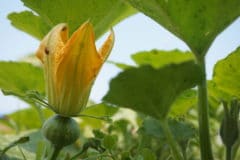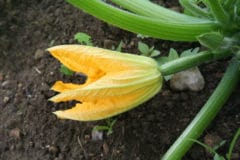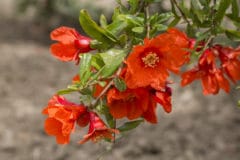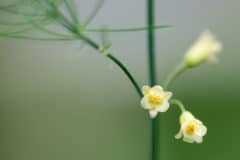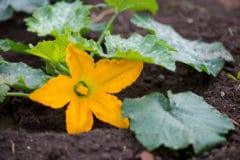Botany
Bay laurel is an evergreen shrub or tree that once covered much of the Mediterranean basin. It grows to a maximum height of 60 feet and is prized for its fragrant and flavorful leaves. Bay laurel is dioecious, meaning that there are male plants and female plants.
Both male and female flowers are inconspicuous and only about one centimeter in diameter. They appear in pairs at the base of the leaves. Female flower produce nectar made almost entirely of sucrose and male flowers produce both nectar and pollen. The main pollinators of bay laurel are bees.
Cultivation
Bay laurel grows best in damp conditions, with full sun or partial shade. It can withstand a slight drought and is fairly resistant to harsh wind except when exposed over long periods.
In mild regions around the Mediterranean, it is an evergreen and leaves are picked all year round. In colder climates, it will experience a dormant season. When dormant, laurel can withstand temperatures down to 23°F (-5°C).
It is very difficult to achieve successful germination with bay laurel seeds. They can take months to sprout and when they do you may not have a good germination percentage. Most garden laurels are propagated through hardwood or green cuttings and sold as nursery plants.
Symbolism
The ancient Greeks dedicated laurel to Apollo and prized it as a symbol of peace and victory. Crowns of laurel adorned all Greek victors of the Pythian games. Ovid writes that the Oracle at Delphi chewed laurel leaves to induce a trance from which she would make predictions.
Legend and superstitious has surrounded the plant for centuries. Roman citizens would plant it near the home to ward off sickness and wear it in amulets to provide protection. This ancient plant gave rise to the terms ‘baccalaureate,’ ‘poet laureate’ and the phrase ‘resting on one’s laurels.’
Uses
Some of bay laurels uses include:
- Herb and Garnish
- Astringent
- Ornamental
- Essential Oil
- Poultice
- Soap
While bay laurels culinary attributes are common knowledge, its medicinal and other qualities are often overlooked. The essential oil is used topically to relieve arthritis and rheumatism and it even has anti-skin cancer properties.
A poultice made from the fresh leaf was traditionally put on poison ivy, poison oak, stinging nettle, and other plant induced skin reactions. As an ornamental plant it can easily be trimmed as a topiary into exotic shapes and figures.
